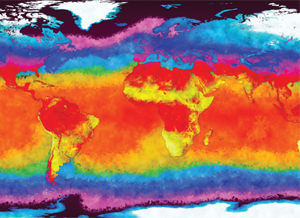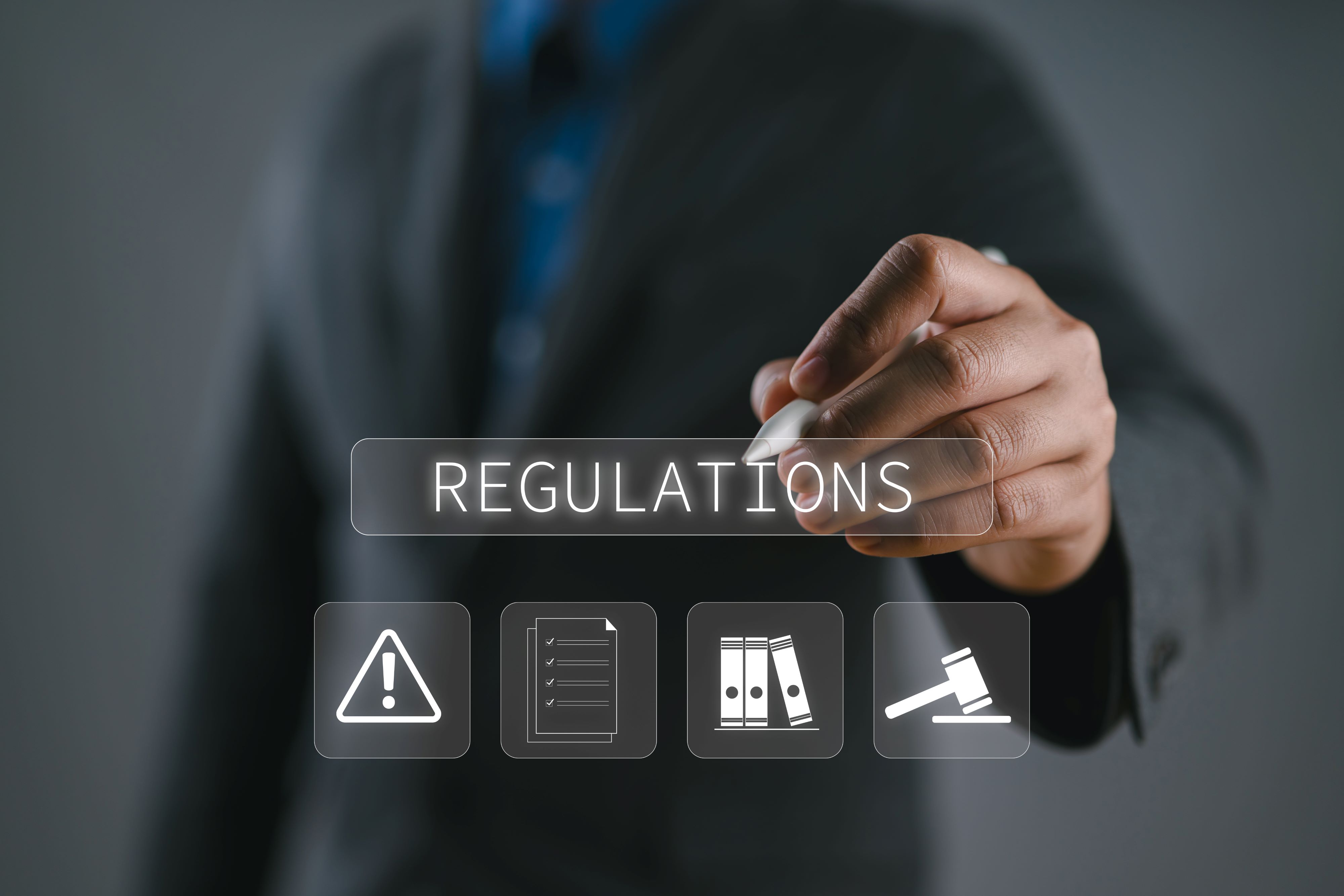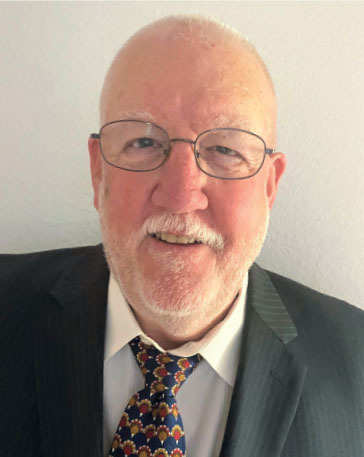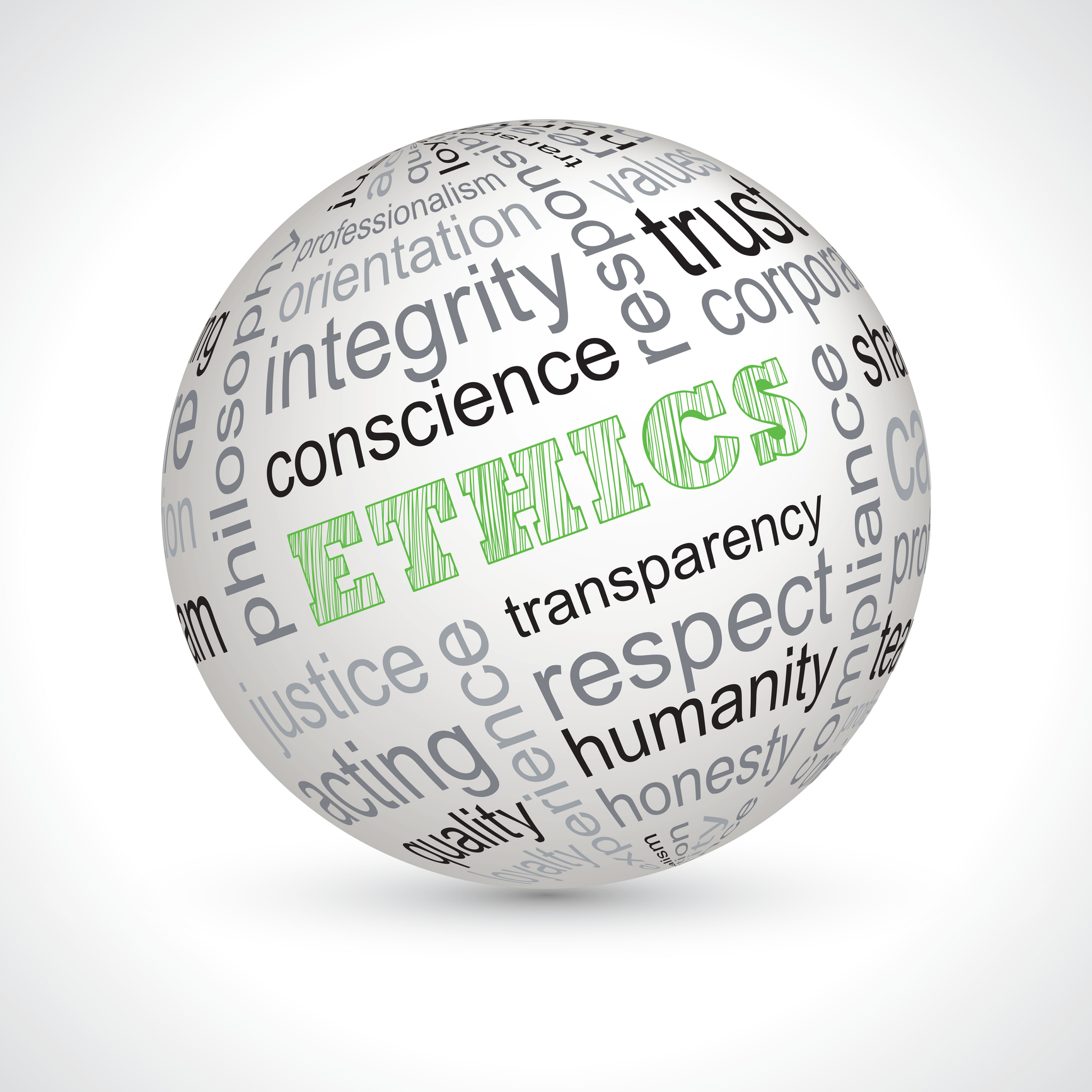July/August 2018
On Ethics
Ethical Aspects of Engineers and Climate Change
BY JAMES D’ALOISIO, P.E.
 Few topics engender as much heated discussion as climate change, and this holds true within the engineering community. Despite the complexity of the science and the variety of opinions—both informed and partisan—the potential consequences of anthropogenic climate change are so severe that it is unethical for engineers to ignore.
Few topics engender as much heated discussion as climate change, and this holds true within the engineering community. Despite the complexity of the science and the variety of opinions—both informed and partisan—the potential consequences of anthropogenic climate change are so severe that it is unethical for engineers to ignore.
Let’s say, hypothetically, that certain activities are identified as causing long-term problems for human health and welfare. These activities involve engineering, as nearly every human enterprise does. What would be our response?
Examples exist: the use of lead in water pipes and gasoline; acid rain resulting from sulfuric acid discharged from power plants; CFCs in refrigerants diminishing the earth’s protective ozone layer. All are practices that have changed. Regulatory action did not occur until evidence showed a clear cause-and-effect relationship. These actions met opposition from those with an interest in maintaining the status quo. But eventually, concern for the common good won out.
Anthropogenic climate change (ACC) is somewhat different, as the scale is so much larger. For some, the concept that emissions have increased planetary temperatures and are causing global climate disruption seems unbelievable, with potential future scenarios including escalating temperatures, severe droughts, sea-level rise measured in feet, increased storm intensities, and worsening flooding. And the diverse sources of global warming gases represent virtually every segment of society, including transportation, building construction and operations, food production, manufacturing, energy and water systems, and household behavior. A comprehensive solution involves modifying all these systems and more. To many, this task is unimaginably daunting.
Climate science is a complex field. It makes structural engineering (my professional arena) seem simple by comparison. Critical, disciplined scientific debate is appropriate and necessary—such is the nature of robust science. However, the basics of ACC are well established:
- The US emits nearly 20 million tons of CO2-equivalent greenhouse gases into the atmosphere every day. The amount of atmospheric CO2 has increased about 50% since the mid-1800s, from an average of about 270 ppm for the past 800,000 years to about 410 ppm today, according to the Environmental Protection Agency.
- CO2 gas absorbs infrared radiation from warm bodies, such as the earth, and heats up. This is the definition of a greenhouse gas. Methane (CH4), nitrous oxide (N2O), and fluorinated gases are more potent greenhouse gases than CO2. The amounts of these gases in the atmosphere, according to the EPA, have also significantly increased since the 1800s.
- The earth’s average land and ocean surface temperature has increased by about 2 degrees Fahrenheit over the past 100 years. Since the start of global temperature tracking in the late 1800s, the warmest years recorded have been 2014, 2015, and 2016, according to the National Oceanic & Atmospheric Administration.
- No natural “forcing,” such as solar output or volcanoes, correlates with the global temperature increase. The increase in anthropogenic greenhouse gas emissions, according to NASA’s Goddard Institute for Space Studies, is a strong correlation.
Engineers are not climate scientists. We use available, credible scientific concepts to advance the public welfare. Many are not sure what to believe. Here’s my take: A very large majority of climate scientists accept the basic tenets of ACC. Also, ACC is causing problems that will significantly worsen over time. This reality needs our expertise.
To supplant fossil fuel combustion with other forms of energy and reduce energy usage calls upon the talents of the entire spectrum of engineering fields. In addition, the manufacture of certain materials is another source of significant emissions. This includes the production of Portland cement clinker, which is the basis of the concrete used in nearly every infrastructure and building project. Others, such as some hydrochlorofluorocarbon used in refrigerants and blowing agents for some types of rigid and spray-foam insulation, are over a thousand times more potent than carbon dioxide, and, unlike simpler compounds, never break down in the atmosphere—they continue their global warming effect for thousands of years.
 We, as engineers, possess the ingenuity and problem-solving capacity to reduce the emission of CO2 and other global warming gases into our atmosphere. The climate scientists have done their part. It’s our turn to act. To dismiss or ignore this situation is to deny the deepest and truest nature of our calling as engineers. The answers can and will come from within our profession. Now more than ever, the world needs us all to be the best engineers that we can be.
We, as engineers, possess the ingenuity and problem-solving capacity to reduce the emission of CO2 and other global warming gases into our atmosphere. The climate scientists have done their part. It’s our turn to act. To dismiss or ignore this situation is to deny the deepest and truest nature of our calling as engineers. The answers can and will come from within our profession. Now more than ever, the world needs us all to be the best engineers that we can be.
NSPE member James D’Aloisio, P.E., SECB, LEED AP, is managing principal at Klepper, Hahn & Hyatt, a multidisciplinary design firm specializing in structural engineering, landscape architecture, and building envelope systems in Syracuse, New York. He is active in the New York State Society of Professional Engineers and is chair of the American Society of Civil Engineers Structural Engineering Institute’s Climate Action Team.


 Volunteering at NSPE is a great opportunity to grow your professional network and connect with other leaders in the field.
Volunteering at NSPE is a great opportunity to grow your professional network and connect with other leaders in the field. The National Society of Professional Engineers (NSPE) encourages you to explore the resources to cast your vote on election day:
The National Society of Professional Engineers (NSPE) encourages you to explore the resources to cast your vote on election day:



